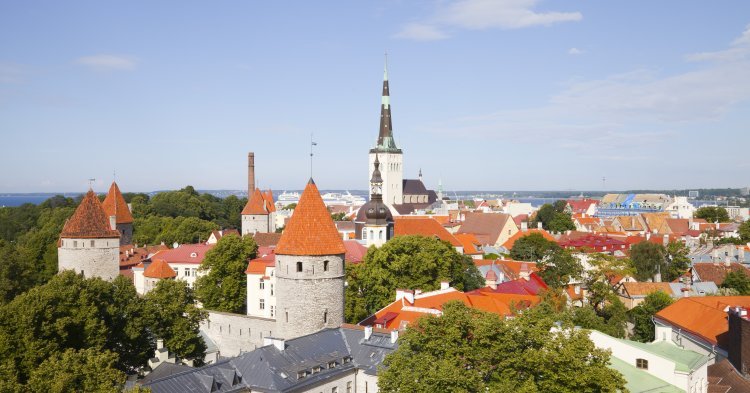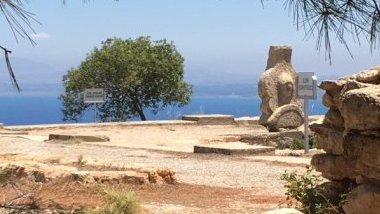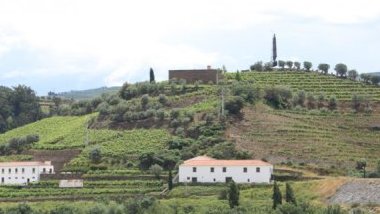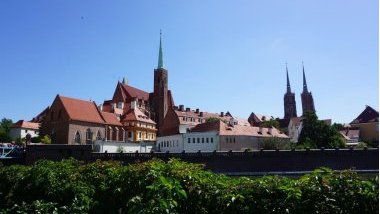But this country has so much else to offer. The smallest of the Baltics and with just 1.3 million people, Estonia is above all incredibly peaceful. Karaoke might be the national sport in Tallinn’s late night bars, but apart from the good-humoured tuneless racket that tourists provide with increasing enthusiasm as the night goes on, the city centre of the capital has a distinctly ambling, sleepy village feel. Bright-coloured façades wind their way through the jostling maze of the old town, where the tangles of cobbled streets appear at first baffling and then hugely charming. They join forces eventually at the main square, the home of markets, overpriced restaurants and a spectacular town hall. Touristy it may be, but the pocket-sized capital city is a real delight, a refreshingly wanderable change from overwhelming metropolises like London and Paris further west, yet intensely peppered with things to do and see. Estonia’s smaller cities, sprawling forests and national parks are also bursting with cultural and leisure activities.
An open-air concert of traditional music, attracting a throng of brave umbrellas, was congratulating Estonia on its “hundred years of independence” on the day I arrived. This, people objected, was something of a misnomer, given Estonia declared its independence in 1918 only to have it taken away again for an unfortunate 51-year gap. Ruled by various swathes of powerful empires prior to the 1918 declaration, including Danish, Polish-Lithuanian, Swedish, German and Russian, Estonia was swept behind the Iron Curtain following the Second World War. Much of the four decades which ensued were defined by enforced deference to Moscow. The “singing revolution”, in which various peaceful protests including the Baltic Way of 1989 and the use of patriotic songs at numerous music festivals, helped Estonia shake off the shackles of Soviet rule in 1991 amidst a strong and reviving national culture.
It is frankly flabbergasting to think that this was just 27 years ago. Since then, the “Baltic Tiger”, buoyed by a booming IT industry, has transformed itself into an emphatically modern, high-tech society. Tickets for public transport in Tallinn are cheapest when purchased by smartphone and the first electronic elections were held, staggeringly, way back in 2005. Its will to forge itself a democratic parliamentary republic and engage in trade made EU membership, achieved in 2004, very natural for Estonia. All is not, however, plain sailing; the unease with which it shares its eastern border with Russia makes its fervent dedication to NATO understandable. Tensions are still apt to flair, both within Estonia (25% of the population is ethnically Russian and Russian-speaking, creating language and social barriers) and outside it (in 2014, an Estonian security service officer was arrested by Russian officials a suspiciously short time after Barack Obama offered public reassurance to his Baltic allies).
Culturally, linguistically and in terms of infrastructure, Estonia felt to me closer to Scandinavia across the short stretch of (quite chilly) sea to the north than to the neighbouring Baltics queuing at its southern border. Culturally, because the reserved, polite introversion I frequently noticed in the people reminded me of the Nordic countries (the saying goes that an introverted Estonian looks at their feet, while an extraverted Estonian looks at the feet of the person they are speaking to).
Linguistically, because the language part of the Finnic branch of the Uralic language family, meaning that, to an untrained ear like mine, Estonian is indistinguishable from Finnish (reassuringly, I learned they are to some extent mutually intelligible – though “I love you” in one sounds worryingly like “I spit on you” in the other - perhaps best avoid). On the other hand, Estonian bears little in common with Latvian and Lithuanian, which belong to the Balto-Slavic branch bearing (more distantly, among others) Russian and Ukrainian. At the end of the day, being devoid of the ability to speak Estonian whatever linguistic family it happens to belong to, I was grateful for the overall outstanding level of English. And in terms of infrastructure? The only concerning part of travelling by train was a conductor wishing me not “enjoy your journey” but “good luck”. I decided to chalk it down not to the safety the country’s superb modern trains brimming with comfort and wifi, but more to a translation error.
What else? It is illegal to walk around without a reflective triangle after dark; traditional houses are made of wood; and you can get a ready-made ice cream, scoop and cone and all, in a packet for around a euro. As a country, Estonia has an awful lot going for it.





Follow the comments: |
|
